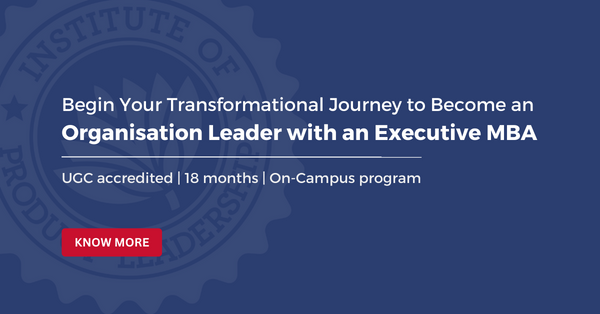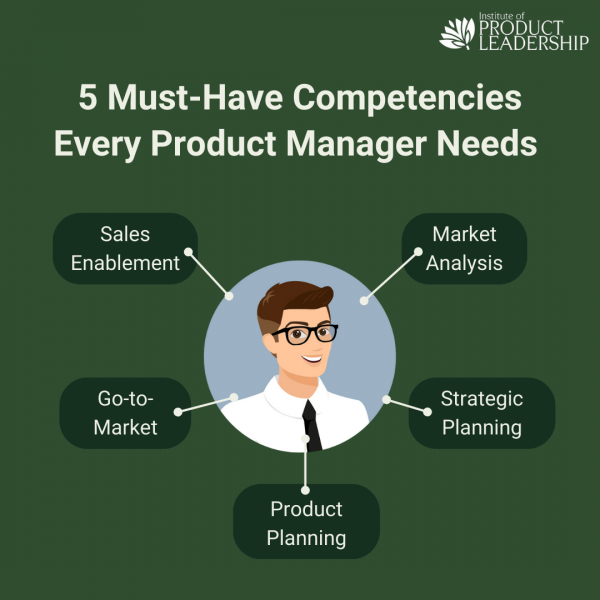The Product Management career path is evolving and becoming increasingly important in today’s business world. Traditionally, CEOs often came from sales backgrounds, but there is now a growing trend of product managers ascending to top leadership positions. This trend is exemplified by several well-known figures, such as Satya Nadella, who not only became the CEO of Microsoft but also assumed the role of Chairman, making him the first CEO in the company’s history to hold both positions. Other notable examples include Sundar Pichai, Marissa Mayer, and Shantanu Narayen, who all started their careers as product managers before becoming CEOs of major companies.
So, what does the path actually look like?
1. Associate Product Manager or Technical Product Manager: This is the entry-level position for individuals starting their careers in Product Management. They work closely with more experienced product managers and other teams to understand the product development process.
2. Senior Product Manager: After gaining experience and expertise in product management, individuals can move up to a senior product management role. In this position, they take on more significant responsibilities and may lead product teams or manage complex product initiatives.
3. Group/Product Portfolio Manager: As product managers gain experience and demonstrate their ability to manage multiple products or a portfolio of products, they can move up to group or product portfolio manager roles. In these positions, they oversee a collection of products and take a more strategic approach to product development and management.
4. Senior Director of Product Management: At this stage, product managers move into more senior leadership positions, where they have broader responsibilities and may manage multiple product portfolios or teams.
5. Vice President (VP) of Product Management: VPs of Product Management take on a leadership role in defining and executing the overall product strategy for a company or a significant business unit.
6. Chief Product Officer (CPO): The CPO is a high-level executive responsible for the entire product organization and the overall product strategy of the company. They collaborate with other senior executives and play a crucial role in driving the company’s growth and success through effective product management.
7. General Manager (GM) and CEO: Some successful product managers may eventually transition into broader leadership roles, such as General Manager or even CEO, where they oversee not just the product function but the entire company or business unit.
It’s essential to note that this career path may vary depending on the company’s structure and size, as well as individual skills, ambitions, and opportunities. To succeed in this career path, it’s crucial for aspiring product managers to focus on continually improving their skills, gaining valuable experience, and demonstrating a strong track record of successful product management. This includes a deep understanding of customer needs, market dynamics, strategic vision, and the ability to lead and collaborate with cross-functional teams.







